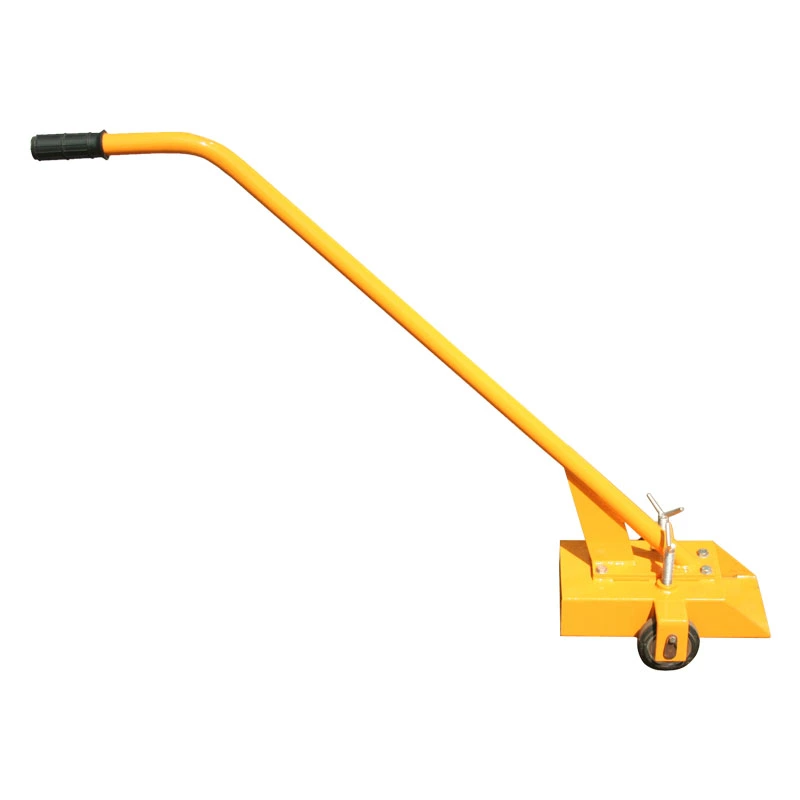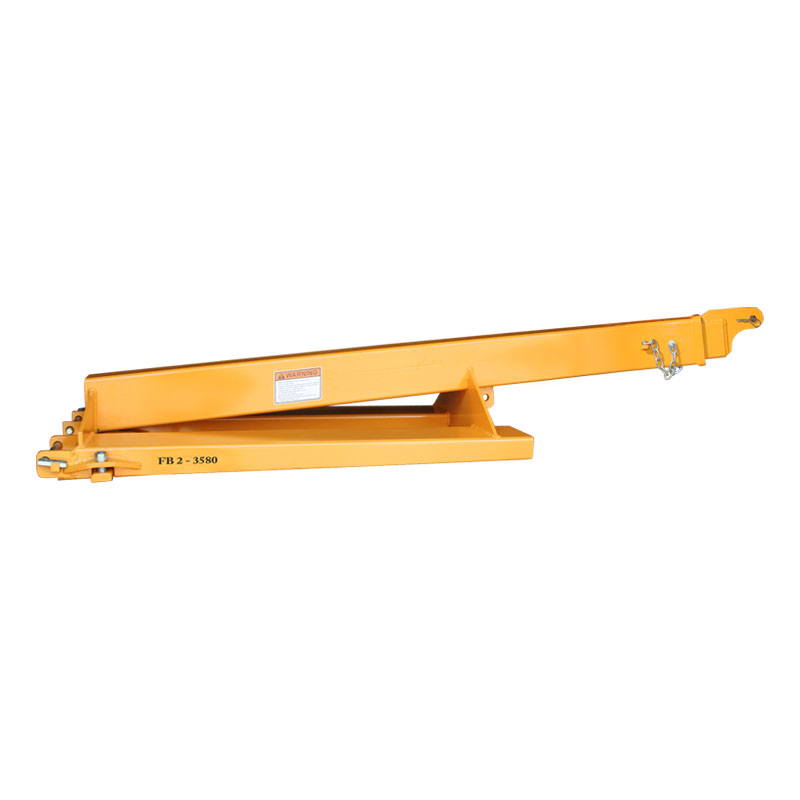In the worlds of logistics, warehousing, and construction, material handling is the unsung hero that keeps goods moving safely, efficiently, and cost-effectively. But what type of equipment do professionals rely on to accomplish this? Forklifts, pallet jacks, and dollies are among the most common tools found in any well-run operation. But what exactly are they examples of, and why are they so important to your material handling strategy?
This article explores these essential tools, how they fit into the broader landscape of material handling equipment, and why choosing the right equipment is critical to reducing labor costs, improving site safety, and optimizing productivity.

Table of Contents
ToggleUnderstanding Material Handling Equipment
Material handling encompasses the movement, protection, storage, and control of materials throughout manufacturing, warehousing, distribution, and construction processes. At the heart of this discipline is a diverse family of machines and tools called material handling equipment. These devices support everything from unloading trucks to moving materials on the job site, storing goods, and feeding production lines.
For a foundational overview, visit What Is Material Handling?
Forklifts, Pallet Jacks, and Dollies: Key Players in Material Handling
Let’s break down these tools:
Forklifts
Forklifts are powerful, motorized vehicles designed for lifting, moving, and stacking heavy materials over short distances. They are a staple in warehouses, construction sites, and manufacturing plants. Forklifts for construction are essential for handling pallets, bundles, and heavy loads efficiently and safely.
For a full overview of types and safety, see Which of the Following Is a Motorized Material Handling Device?
Pallet Jacks
Pallet jacks—also known as pallet trucks—are wheeled tools used to lift and move pallets. Manual or powered, they’re ideal for moving goods within tight spaces or over short distances, making them indispensable in storage rooms, warehouses, and retail operations.
Dollies
Dollies are simple platforms on wheels, designed to transport heavy or bulky objects with minimal effort. From boxes and crates to equipment and supplies, dollies come in many shapes and sizes and are used to minimize manual lifting and injury risk.
Categories of Material Handling Equipment
According to industry best practices and global standards, forklifts, pallet jacks, and dollies are all categorized as material transport equipment—a subset of Material handling Equipment. They’re designed to move materials efficiently from one location to another, supporting storage, shipping, and production.
Other categories include:
- Storage equipment: Shelving, racks, bins, and automated retrieval systems
- Unit load equipment: Pallets, containers, and crates
- Bulk material handling: Conveyors, hoppers, and silos
- Lifting equipment for construction: Jib Cranes, hoists, and Aardwolf Slab Lifters
- Automated handling: Robotics, AGVs, and Vacuum Lifters
To explore how to choose the right system, see Material-handling Equipment and What Is Material Handling Equipment.
How These Tools Improve Productivity and Safety
1. Reduce Labor Cost in Construction and Logistics
Forklifts, pallet jacks, and dollies drastically reduce the manual effort required to move goods, meaning fewer workers can move more material in less time.
2. Increase Construction and Warehouse Productivity
By making material movement faster and easier, these tools prevent bottlenecks and delays, keeping workflows smooth and efficient.
3. Improve Safety on Construction Site
Using the correct equipment reduces the risk of musculoskeletal injuries, falls, and accidents caused by manual lifting. Advanced options, such as Vacuum Lifters, further minimize risk with non-contact lifting.
4. Minimize Material Waste
Proper handling ensures less damage to goods, reducing the cost associated with breakage, loss, or returns.
Integrating Material Handling Equipment Into Your Workflow
To maximize the benefits of these tools:
- Match equipment to material and volume: Use forklifts for heavy, palletized loads; pallet jacks for lighter, frequent moves; and dollies for odd-shaped or bulky items.
- Train your staff: Ensure all operators understand safe handling procedures.
- Invest in the right mix: Combine manual, motorized, and automated systems as needed for your facility’s size and workflow.
For more detailed guidance, explore What Is Material Handling in Warehouse? and What Is Material Handling Equipment.
Real-World Example
A distribution center recently upgraded from manual carts to a mixed fleet of forklifts, electric pallet jacks, and custom dollies. The results? A 30% reduction in labor costs, a 50% decrease in workplace injuries, and a 20% boost in daily throughput. The strategic integration of Aardwolf Slab Lifters, Jib Cranes, and automated systems pushed efficiency even higher.
Conclusion: Choosing the Right Equipment for Your Operation
Forklifts, pallet jacks, and dollies are all examples of material handling equipment—vital tools in logistics, construction, and warehousing. Selecting the right mix for your application will reduce labor costs, improve safety, increase productivity, and help you minimize waste.
For further reading and expert advice, visit:

















Please log in to leave a comment.